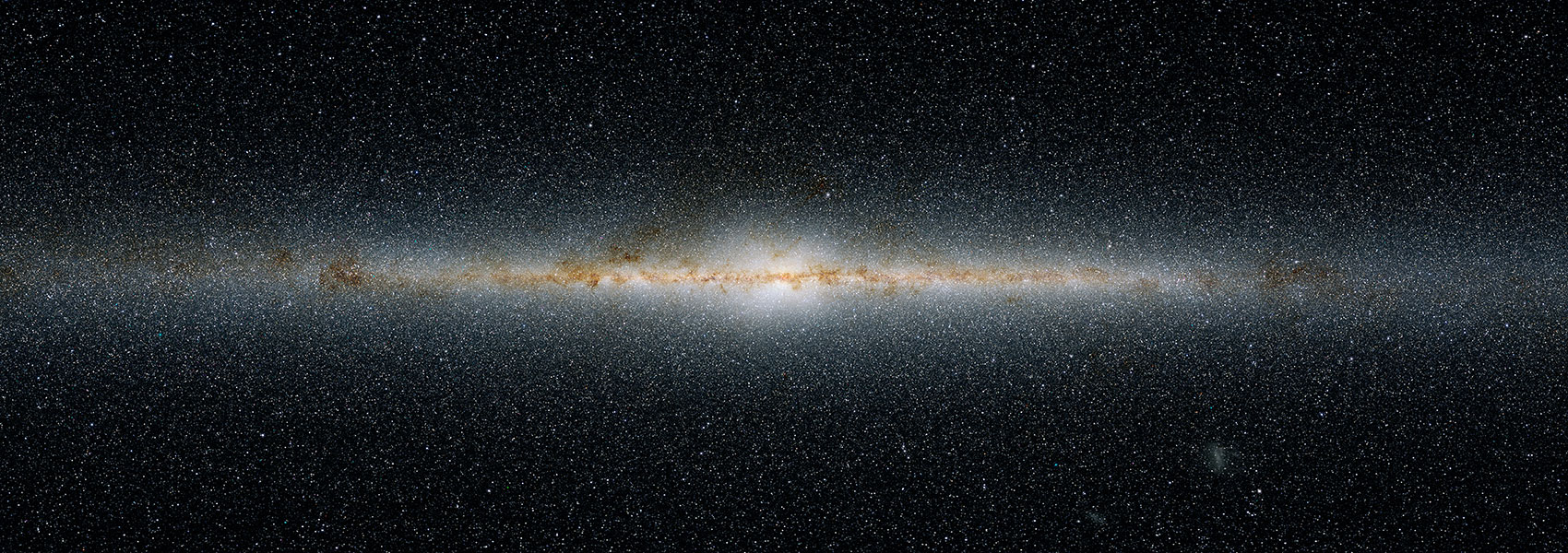January
2025
•
2025A&A...693A.204V
Authors
•
Vulcani, Benedetta
•
Treu, Tommaso
•
Malkan, Matthew
•
Lai, Thomas S. -Y.
•
Calabrò, Antonello
•
Castellano, Marco
•
Napolitano, Lorenzo
•
Mascia, Sara
•
Poggianti, Bianca M.
•
Santini, Paola
•
Fritz, Jacopo
•
Metha, Benjamin
•
Yoon, Ilsang
•
Wang, Xin
Abstract
•
We measured the spectral properties of a sample of 20 galaxies at z ∼ 0.35 selected for having surprisingly red JWST/NIRCAM F200W-F444W colors. Of these, 19 galaxies were observed with JWST/NIRSpec in the PRISM configuration, while the remaining galaxy was observed with the high-resolution gratings. Of the 20 galaxies in our sample, 17 exhibit strong 3.3 μm polycyclic aromatic hydrocarbon (PAH) emission (equivalent width (EW) (PAH3.3) ≥ 0.03 μm). In these galaxies, the strength of the color excess does not depend on environment and correlates with EW(PAH3.3). Nonetheless, the presence of the PAH3.3 alone cannot fully explain the color excess, as an EW of ∼0.1 μm is able to increase the color of galaxies by only 0.13 mag. A contribution from a hot dust component is required to explain the excess. Both the PAH3.3 EW and flux correlate with the Hα EW and flux, suggesting that they are produced by the same mechanism. Five of the galaxies of our sample showing PAH3.3 would be classified as passive based on broadband rest frame colors ((B-V) and/or UVJ diagrams) and are hence "faux passive". Of these, three galaxies have a significantly lower EW(PAH3.3) given their color and also have low EW(Hα), and we tentatively conclude that this behavior is due to the presence of an active galactic nucleus. The three galaxies with no PAH3.3 in emission have passive spectra, as do the eight galaxies in our sample with normal F200W-F444W colors. We therefore conclude that the PAH3.3 feature is linked to dust-enshrouded star formation. The dust-corrected star formation rate (SFR) from PAH3.3 is a factor of 3.5 higher than the SFR obtained from Hα, suggesting that these galaxies are characterized by significant amounts of dust.
Links



